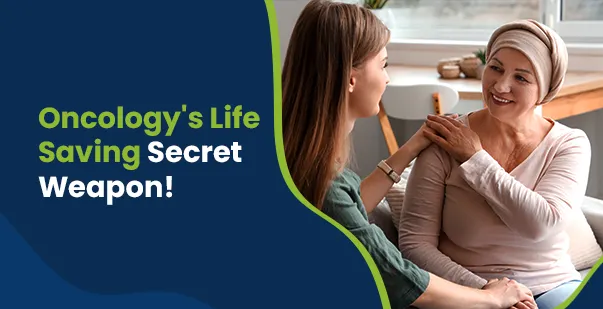Table of Contents:
- Introduction
- Emergencies in Oncology Are Different and They’re Rising
- What Makes ACLS Training Indispensable in Oncology Units
- Common Oncology Emergencies That Require ACLS Intervention
- Are All Oncology Staff Required to Be ACLS Certified?
- Can ACLS Interventions Ever Conflict With Palliative Goals?
- From Preparedness to Excellence in Oncology Care
Introduction
A patient undergoing chemotherapy suddenly slumps in his chair, unresponsive, with no pulse. Within seconds, a nurse begins CPR (Cardiopulmonary resuscitation) while another initiates the ACLS (Advanced Cardiac Life Support) protocol. A defibrillator is charged, medications are administered, and the team moves with practiced urgency. Minutes later, the patient’s heartbeat returns. He’s stabilized, awake, and on his way to the ICU (Intensive Care Unit).
In oncology settings, where oncology patients are often at high risk for complications like arrhythmias (irregular heartbeat), myocarditis (inflamed heart muscle), or cardiac arrest triggered by treatment side effects, ACLS training becomes not just useful, but life-saving. This article explores why it’s essential for oncology care teams and how it empowers them to act confidently when it matters most.
Emergencies in Oncology Are Different and They’re Rising
Modern cancer treatments, like chemotherapy, immunotherapy, and stem cell transplants, have helped more patients live longer. But they also come with serious heart-related side effects, according to PubMed Central. For example:
| Treatment | Cardiac Side Effects | Commonly Treated Cancer Types |
| Chemotherapy (e.g., Doxorubicin) | Heart failure | Breast cancer, lymphoma |
| Immunotherapy | Myocarditis | Melanoma, lung cancer |
| CAR T-cell Therapy | Cytokine release syndrome (can affect the heart) | Leukemia, lymphoma |
| Stem Cell Transplant | Arrhythmias, pericardial effusion, blood clots | Leukemia, lymphoma, multiple myeloma |
These problems can get worse quickly and need immediate care.
That’s where a certification in ACLS makes a difference. It gives you clear steps to manage cardiac arrest, irregular heart rhythms, and shock. In cancer care, it helps during emergencies like high potassium levels from tumor lysis syndrome or pressure around the heart from pericardial tamponade. If you work in the oncology setting, getting trained in ACLS helps you respond faster and more effectively. That quick response can improve your patient’s chance of survival.
What Makes ACLS Training Indispensable in Oncology Units
ACLS training isn’t just useful in clinical care oncology. It’s a must! Cancer patients often face a mix of physical stresses, side effects from treatments, and a weakened immune system. This combination puts them at high risk for sudden medical emergencies. That’s why having ACLS-trained staff in oncology units matters. Here’s why this training needs to be in place.
- Cardiotoxicity from Treatment
Chemo drugs like doxorubicin and therapies like trastuzumab can trigger arrhythmias, myocarditis, or heart failure. ACLS-trained staff can act fast to prevent deterioration. - High-Risk Comorbidities
Many cancer patients have conditions like hypertension (high blood pressure) or heart disease, increasing the risk of cardiac or respiratory arrest. ACLS skills help manage these emergencies swiftly. - Immunosuppression and Instability
Neutropenia, sepsis, and electrolyte imbalances can cause rapid decline in vital signs and organ function. Early ACLS intervention improves survival in these high-risk scenarios. - Emergencies in Outpatient Settings
Infusion centers and palliative units may lack rapid-response teams. ACLS-trained staff provide critical care during allergic reactions, airway compromise, or sudden collapse.
Common Oncology Emergencies That Require ACLS Intervention
In cancer oncology care model settings, several high-risk emergencies can rapidly escalate into cardiac arrest, requiring timely intervention. Below are the most emergency scenarios:
- Chemo-Induced Bradycardia or Arrhythmias
Drugs like paclitaxel and doxorubicin can trigger sudden bradycardia or ventricular arrhythmias during infusion. ACLS response may include administering atropine, pacing, or defibrillation. - Septic Shock in Neutropenic Patients
Neutropenia (low white blood cell or neutrophil count) increases sepsis risk, which can lead to cardiac arrest. ACLS measures include fluid resuscitation, vasopressors, and airway support. - Anaphylaxis from Immunotherapy
Agents like rituximab or checkpoint inhibitors can cause severe allergic reactions or anaphylaxis. Immediate epinephrine, airway management, and ACLS resuscitation are key. - Tumor Lysis Syndrome (TLS)
Rapid cell breakdown causes electrolyte shifts, especially hyperkalemia, that can trigger arrest. ACLS is needed for rhythm management and electrolyte correction.
Are All Oncology Staff Required to Be ACLS Certified?
ACLS certification is a key qualification for healthcare professionals involved in managing life-threatening cardiovascular emergencies. However, its necessity among oncology staff varies based on role, setting, and institutional policies.
Who Typically Requires ACLS Certification?
- Registered Nurses (RNs) and Advanced Practice Providers (APPs): In hospital settings, especially in departments like Emergency Rooms (ER) or ICU, RNs and APPs are often required to hold ACLS certification due to the high acuity of patient care. In oncology units, the requirement for ACLS certification depends on the patient population and the likelihood of encountering cardiac emergencies.
- Physicians: Oncologists and other physicians involved in direct patient care are generally expected to maintain ACLS certification, particularly if they are involved in procedures or treatments that carry a risk of cardiac complications.
Non-Critical Care Staff and ACLS Certification
Non-critical care staff, such as those working in outpatient oncology clinics or infusion centers, may not be mandated to have ACLS certification. Instead, Basic Life Support (BLS) certification is commonly required, ensuring that staff can respond effectively to immediate life-threatening situations until advanced care arrives. However, some institutions may encourage or require ACLS certification for these staff members based on specific protocols or patient demographics.
Hospital Policy vs. Outpatient Practice Variation
Institutional policies play a significant role in determining ACLS certification requirements. Hospitals may have standardized requirements across departments, while outpatient practices might tailor their policies based on the services provided and patient needs. For example, a facility administering high-risk chemotherapy regimens may require ACLS-certified staff on-site, whereas a clinic offering routine follow-ups may not.
Recommendations for Administrators and Caregivers
- Assess Patient Risk: Evaluate the likelihood of cardiac emergencies in your specific oncology setting to determine the necessity of ACLS certification.
- Review Institutional Policies: Stay informed about your organization’s requirements and ensure compliance with certification mandates.
- Promote Ongoing Education: Encourage staff to pursue ACLS certification as part of their professional development, enhancing the overall preparedness of the team.
Can ACLS Interventions Ever Conflict With Palliative Goals?
In oncology, not every emergency calls for aggressive intervention. ACLS protocols, like CPR, defibrillation, or advanced airway management, can conflict with palliative care goals, especially when the focus is on comfort, not cure. For patients with terminal cancer or those under hospice care, resuscitation may go against their values or documented wishes, such as a Do Not Resuscitate (DNR) order. In these cases, pushing forward with ACLS can cause unnecessary suffering.
So, how do we resolve this?
Respecting Patient Wishes:
For patients in palliative or hospice care, aggressive resuscitation may go against their goals. If there’s a DNR (Do Not Resuscitate) or POLST (Physician Orders for Life-Sustaining Treatment) in place, starting CPR or advanced interventions could do more harm than good.
Recognizing When to Step Back:
ACLS isn’t about doing everything by default. It’s about knowing when not to intervene, especially when life-saving measures conflict with comfort-focused care.
Training Goes Beyond Protocols:
Modern ACLS courses include guidance on ethical decision-making. Clinicians are taught to assess whether a response aligns with the patient’s documented choices and overall care goals.
Working With Palliative Teams:
Practitioners learn to communicate with palliative care teams, respect legal documentation, and understand the difference between prolonging life and prolonging the dying process.
Protecting Trust:
Families and patients trust that care teams will act thoughtfully, not just do everything possible, but do what’s right.
From Preparedness to Excellence in Oncology Care
In oncology care, emergencies can arise swiftly and without warning. Advanced Cardiac Life Support (ACLS) training equips healthcare professionals with the key skills needed to respond effectively to life-threatening situations such as arrhythmias, septic shock, and anaphylaxis. By integrating ACLS protocols, oncology units can enhance patient outcomes and provide timely interventions during critical moments.
For caregivers supporting loved ones undergoing cancer treatment at home, understanding basic first aid and emergency response can make a significant difference. While ACLS certification is primarily for medical professionals, caregivers can benefit from resources and training that prepare them for potential emergencies.







